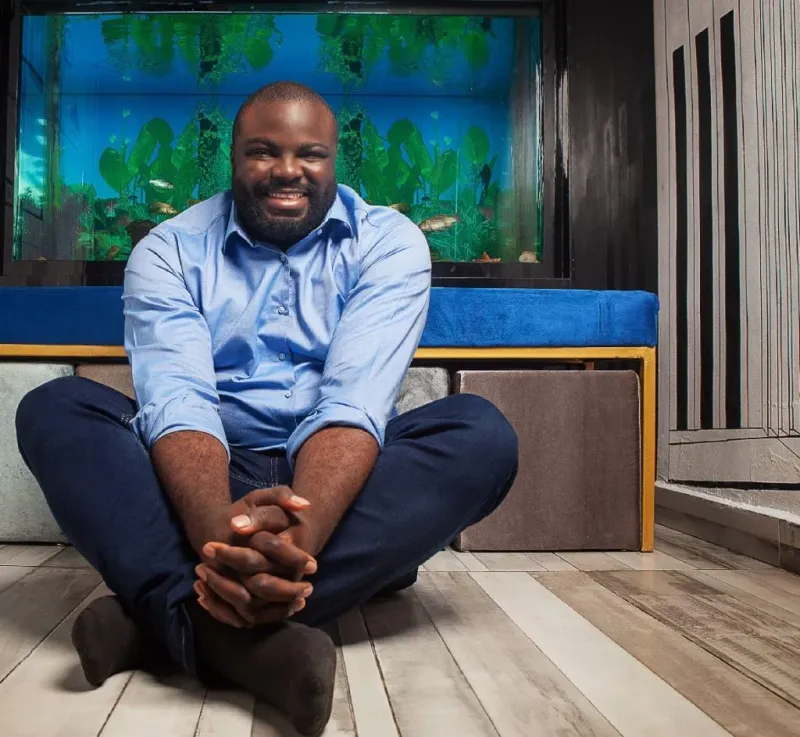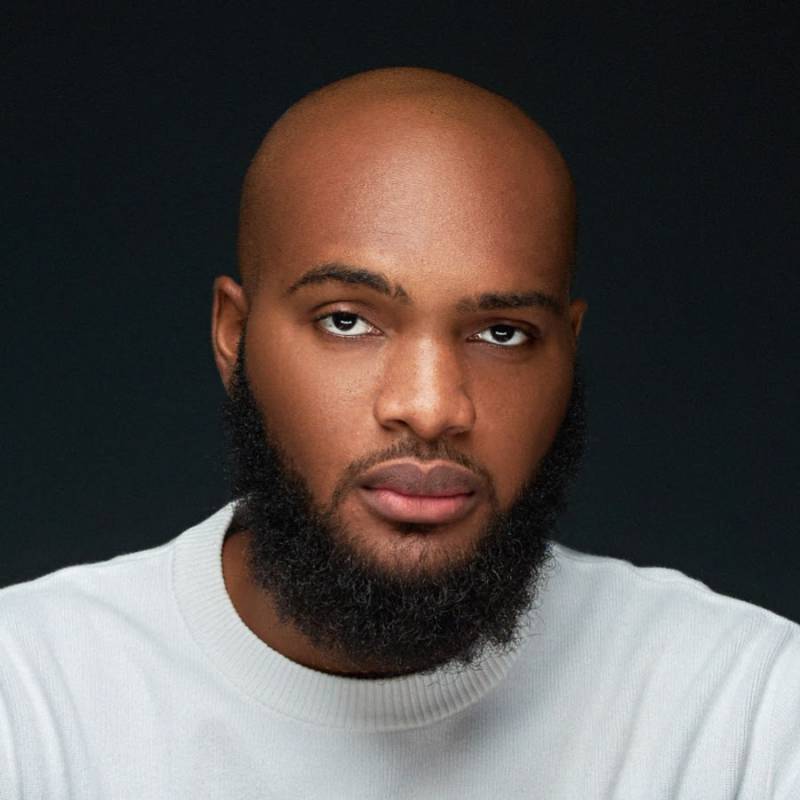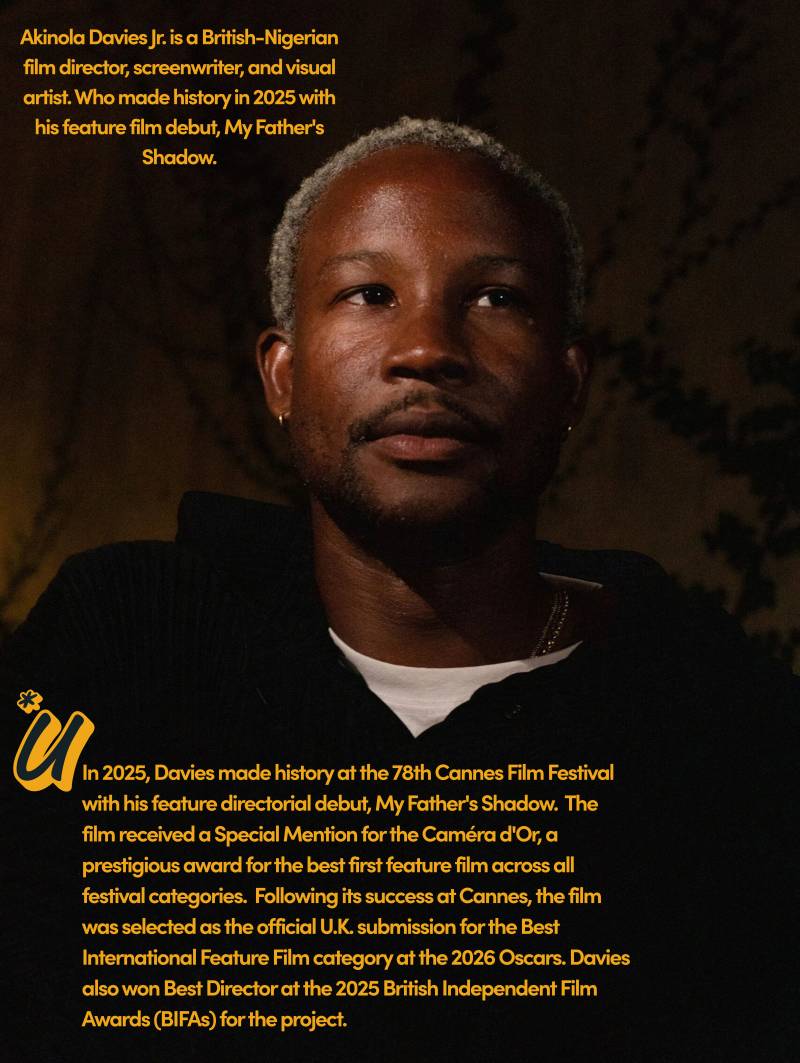Nwaka Onwusa is the Chief Curator and Vice President of Curatorial Affairs at the Rock & Roll Hall of Fame. Being the first African American to hold this position, she feels it is her responsibility, her duty, to make sure that the legacy of Black music is preserved properly.
Read Also: Everything You Need To Know About The Swedish Egg Coffee
“Music is spiritual and it’s a part of who I am daily, so I feel like it is on me,” Onwusa tells ESSENCE. “Like when Nina Simone commissioned all artists in this space; it is your duty. So, whether it’s just me, or a fleet of other Black women, or men, or people of color, it is my duty to tell our perspective until freedom comes.”
Raised in California, her full name – Nwaka Ngozi Onwusa – means “child greater than money.” Her father, who is a Nigerian immigrant, and her mother, who is from Louisiana, agreed upon the name because of their journey prior to conceiving their eldest daughter. “My parents named me that because of their struggle to have kids,” she said. “Having two miscarriages, then along came me. They felt as though I was a gift, and so special that they couldn’t put a price on it.”
Like many people in her profession, this UC Riverside graduate’s rise through the ranks was more of a maze than it was a straight line. She began her path working at the university box office, gaining the skill and expertise that would help her earn a job at the Grammy Museum, where she would take on similar duties. She would then be promoted to the position of Museum Education Manager, then Associate Manager, to Associate Curator, to Assistant Curator, which ultimately led to the role she holds today. It’s taken over a decade of work, but Onwusa still feels she has much more work to do. Most of all, it’s her humility and gratitude that allows her to excel in all her endeavors.
“I am also grateful for my boss and President of the Rock Hall, Greg Harris. This role is not for the faint of heart,” she said. “He had faith in me to stand in this role. A national search could have taken place for other qualified candidates, but he believed in me and for that, I am forever grateful.”
Throughout her career in the museum industry, the former substitute teacher has faced many obstacles, especially for a woman of color. In most instances, she is the only person that looks and talks like her, in rooms where important decisions have been made regarding priceless artifacts critical to the history of music and culture.
“We come into spaces where our stories are not seen on the walls; or they’re seen on the walls, but we’re not in the room to help tell them – that’s the obstacle,” Onwusa explained. “Let us tell these stories ourselves, let us be represented in this space. It’s like, if we’re going to tell the story about George Harrison going to meet with Ravi Shankar and how inspiring The Beatles are, let’s also talk about how John Coltrane studied and worked with Shankar as well.”
“There’s two sides to the story, so let’s share some of those stories with the world,” she added. “Let’s amplify these Black stories – not just one singular moment. There are deeper moments here that we still have yet to share.”




